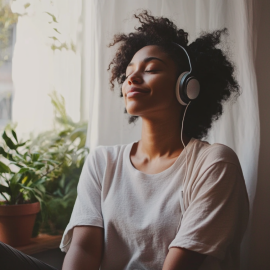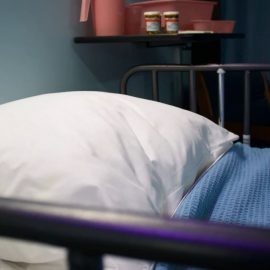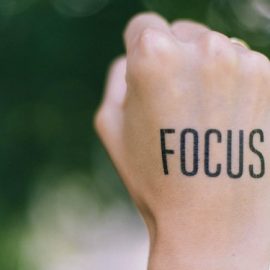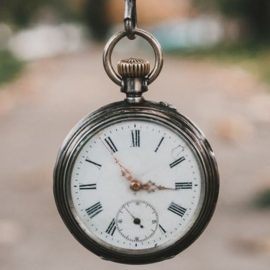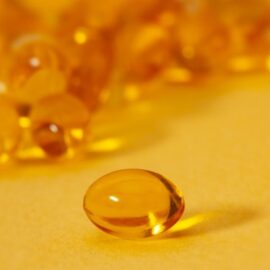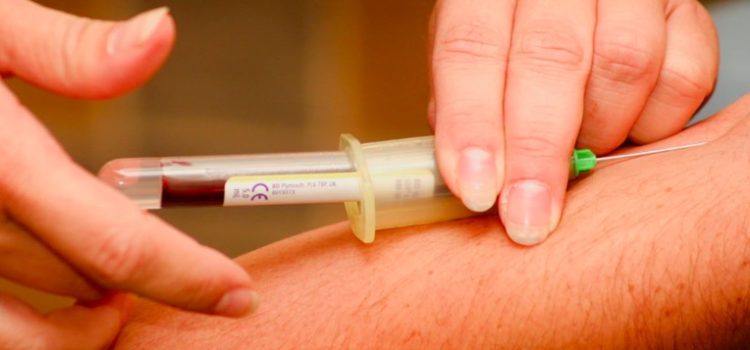
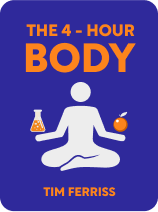
This article is an excerpt from the Shortform book guide to "The 4-Hour Body" by Timothy Ferriss. Shortform has the world's best summaries and analyses of books you should be reading.
Like this article? Sign up for a free trial here .
Have you considered biopuncture to treat an injury? What is biopuncture and how can it help?
Biopuncture is an injury treatment option that uses shallow injections. After exercises and physical therapy, it is one of the more invasive options available to you.
Read more about biopuncture, prolo injections, AMIT, and active-release therapy.
Biopuncture and Prolotherapy Use Injections
Biopuncture consists of shallow injections of diluted substances including lymphomyosot (used for drainage in swollen tissue) and Traumeel (used for inflammation). These injections stimulate the body’s natural healing methods.
For example, after the author’s first treatment of 40-60 injections for his infraspinatus (shoulder) muscles, his pain disappeared.
Prolotherapy is a treatment that involves injecting joints, ligaments, and tendons with irritants such as sugar or salt water. These irritants create inflammation, which stimulates healing (the irritants aren’t very dangerous and the risk of infection from injection is low).
Prolotherapy is most effective on the sacroiliac (lower back), ankle, knee, and elbow joints and is low-risk. For example, after the author’s first session, which included 12 injections, pain caused by sports injuries in his right wrist and left knee disappeared.
Advanced Muscle-Integration Therapy (AMIT) and Active-Release Therapy (ART) Use Applied Presure
Advanced muscle-integration therapy (AMIT) focuses on the parts of the nervous system that control the firing of muscles.
When a part of the body is overstressed, one of two things happens: The connective tissue or muscle becomes injured, or the nervous system turns off the muscle. The body then uses a different muscle to perform the approximate function of the turned-off muscle. These compensations continue to happen and the body can get to the point where the compensating muscle (and pain) is nowhere near the turned-off muscle. To turn the muscle back on, the practitioner pushes one finger into each end of the turned-off muscle.
For example, when the author saw Dr. Buhler about one of his rotator cuff muscles, it was shut off. Before the session, the author could lift 6 pounds. After, he could lift 28.
If you can’t find an AMIT practitioner (Dr. Buhler is the only one mentioned in the book), you can consider seeing a muscle-activation technique (MAT) practitioner.
Active-release therapy (ART) was invented by a doctor who had a background in engineering and structural mechanics and applied this knowledge to the human body. ART involves shortening a particular tissue, putting tension on it, and then lengthening it to break up scar tissue. Scar tissue limits mobility and can create pain and stiffness. ART works for about 70% of people.
For example, Frank Shamrock, a UFC champion, sought out ART after he hurt his lower back so badly that he couldn’t walk. After 4 ART sessions, all his scar tissue was gone and he was healthy enough to fight three weeks later.

———End of Preview———
Like what you just read? Read the rest of the world's best book summary and analysis of Timothy Ferriss's "The 4-Hour Body" at Shortform .
Here's what you'll find in our full The 4-Hour Body summary :
- How to do the least amount you need to do for the results you want
- Why you need a cheat day in your diet
- How to improve everything about your body, including sleep, sex, and longevity

